Portland’s Quest for a Better City Flag
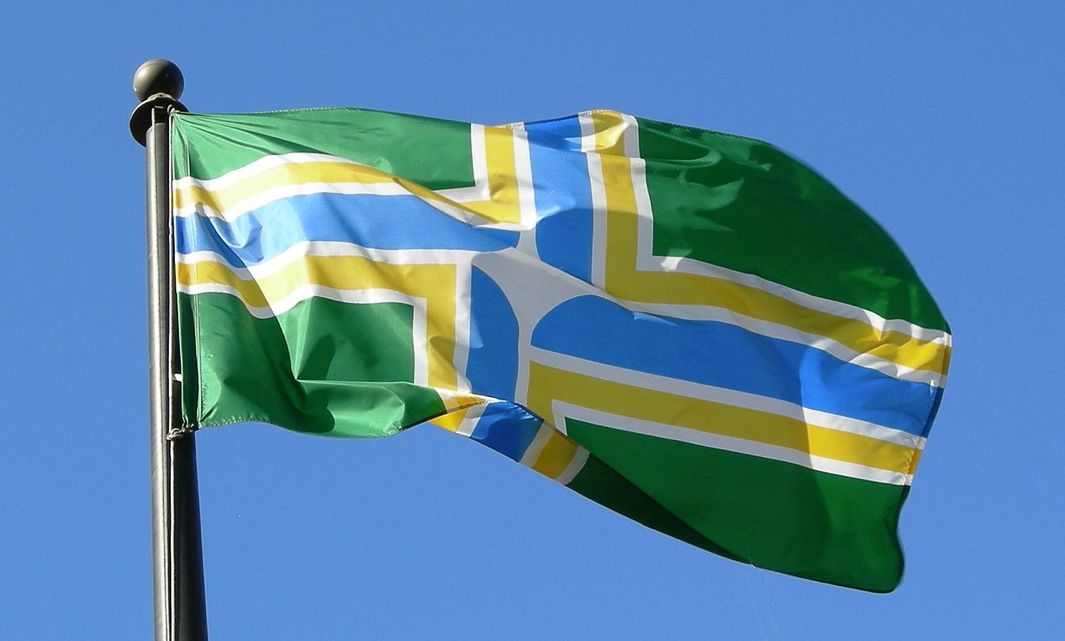
Courtesy of Makaristos/Wikimedia Commons
Roman Mars’ podcast 99% Invisible covers design questions large and small, from his fascination with rebar to the history of slot machines to the great Los Angeles Red Car conspiracy. Here at The Eye, we cross-post new episodes and host excerpts from the 99% Invisible blog, which offers complementary visuals for each episode.
This week's edition—about flag design—can be played below. Or keep reading to learn more.
Here’s a trick: If you want to design a great flag, start by drawing a 1 inch by 1½ inch rectangle on a piece of paper.
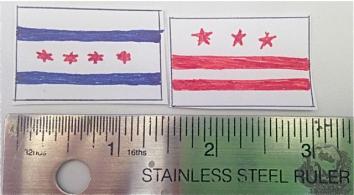
Courtesy of Avery Trufelman
A design at these dimensions held 15 inches away from your eye looks about the same as a flag measuring 3 feet by 5 feet on a flagpole 100 feet away.
Your design has to work within that tiny rectangle, because unlike other designed objects, a flag is usually seen at a distance. It is also often in motion and partially obscured.
Vexillologists—those who study flags—tend to fall into one of two schools of thought. The first is one that focuses on history, category, and usage, and it maintains that vexillologists should be scholars and historians of all flags, regardless of their designs.
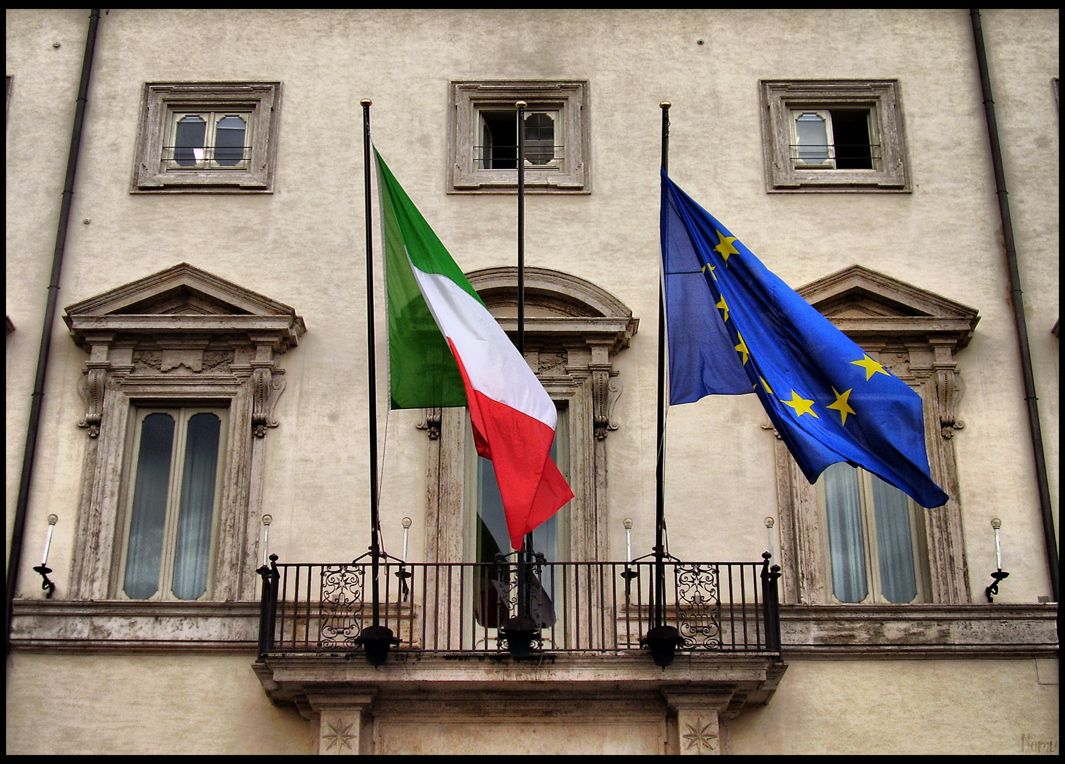
Courtesy of Matteo Piotto/Flickr
The other school of vexillology, however, maintains that not all flags are created equal and that flags can and should be redesigned and improved.
Ted Kaye of the Portland Flag Association—the largest subnational flag organization in the country—is one such vexillologist. Kaye has a word for these activist vexillologists of his ilk who go out into the world and lobby for more beautiful flags: vexillonaires.
The principles of flag design, according to the North American Vexillological Association, are:
1. Keep it simple.
2. Use meaningful symbolism.
3. Use two to three basic colors.
4. No lettering or seals of any kind.
5. Be distinctive.
For some reason, cities of the United States seem to have a lot of trouble with No. 4.
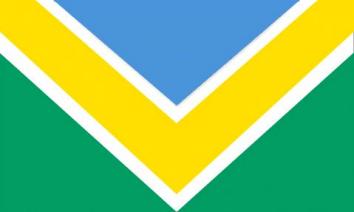
Courtesy of the Portland Flag Association
Portland, Oregon, didn’t have an official flag until 1969, when a group proposed a flag to the Commercial Club of Portland. Portland’s mayor at the time brought in the city’s art commission, which brought in local graphic designer Doug Lynch to work on the flag. Lynch asked the stakeholders what was important to them in a flag and also did his own search for powerful visual imagery for the city.
Lynch came up with an abstract flag design, with blue lines representing the Columbia and Willamette rivers, bordered by stripes of gold representing commerce or grain growing along the rivers, all flowing into a white four-pointed star representing the city. The background color, green, represents the forests.
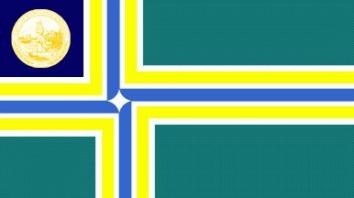
Courtesy of Ted Kaye
The city council took Lynch’s flag design and plopped a city seal on it. The flag was rarely flown.
Nearly 30 years later, Lynch, then in his mid-80s, went to a meeting of the Portland Flag Association. Lynch explained the story of his botched flag to the gathering of vexillologists. At the end of the presentation, Lynch talked all about the changes he wanted to make to the flag (including taking the seal off) and regretted that there was nothing he could do about it.
The vexillologists—nay, vexillonaires—sprang into action. This elite team of historians, manufacturers, and designers agreed to come together on behalf of fixing Portland’s flag. They went to Portland City Council and testified on the flag’s behalf. The new/old flag was adopted a week later, and it’s been representing Portland ever since.
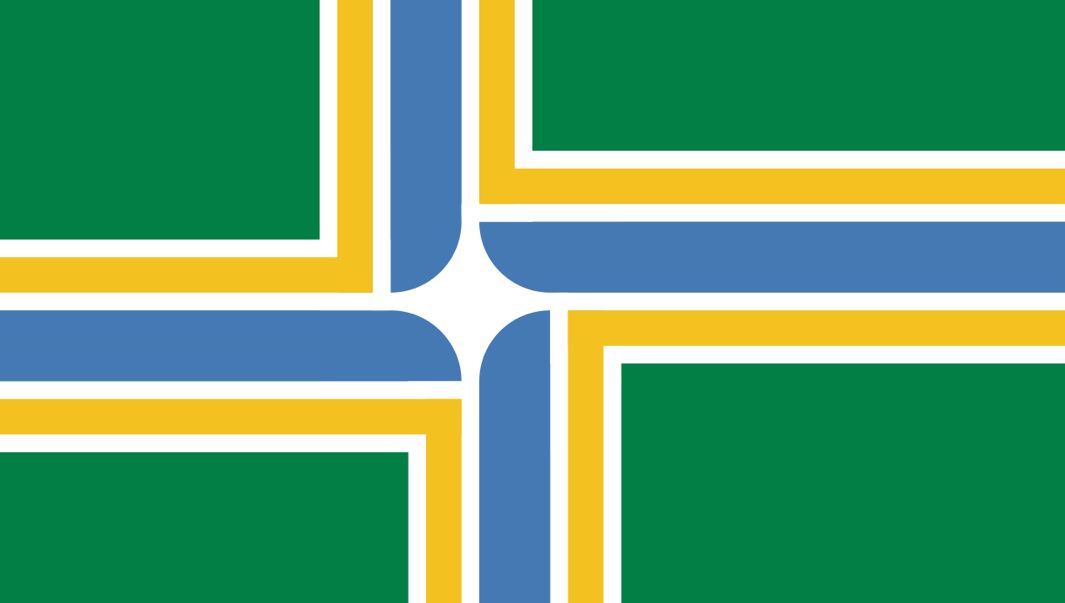
Courtesy of Wikimedia Commons
To learn more, check out the 99% Invisible post or listen to the show.
99% Invisible is distributed by PRX.
